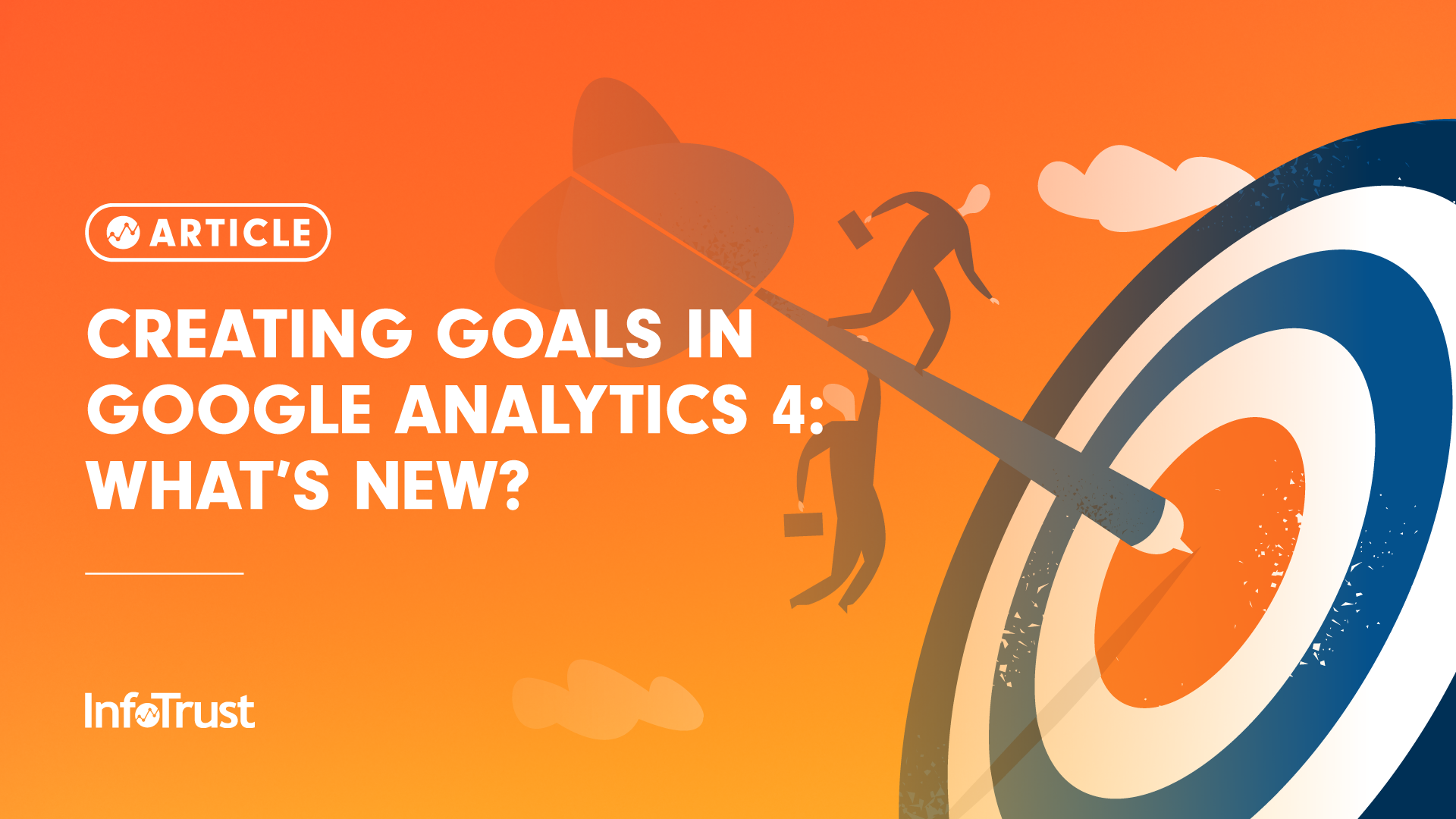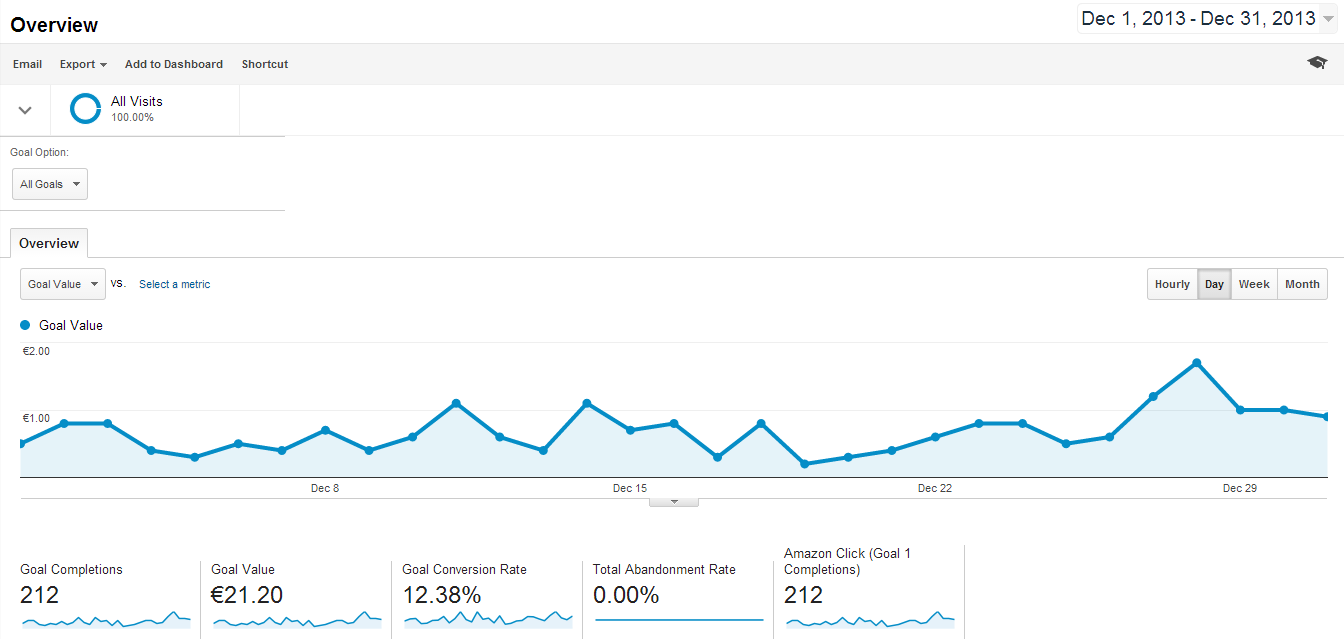What Data Is Google Analytics Goals Unable to Track: Find Out the Limitations
What Data Is Google Analytics Goals Unable to Track: Find Out the Limitations
Blog Article
Discover the Limitations of Google Analytics Goals: Unveiling the Data Kind That Remain Untrackable
As companies progressively count on data-driven decision-making, recognizing the restrictions of devices like Google Analytics comes to be vital. While Google Analytics Goals deal beneficial understandings right into customer communications, there exist data kinds that elude monitoring, presenting difficulties to a detailed understanding of user actions. These untrackable data kinds raise questions regarding the precision and completeness of the analytics information that companies greatly rely upon for their digital methods. Interested to discover the surprise dead spots in your data evaluation procedure?
Insufficient User Journey Tracking
Incomplete individual journey tracking within Google Analytics can impede the capacity to properly analyze user habits. When the user trip is not completely tracked, there are voids in the information that prevent a thorough understanding of how users connect with a website. This lack of understanding can result in missed opportunities for optimization and enhancements to the individual experience.
One typical problem with incomplete user trip monitoring is the failure to see the full path that users take in the past finishing a goal or leaving the site. Without this details, it is testing to determine where users might be encountering obstacles or rubbing factors that avoid them from converting. In addition, insufficient monitoring can cover the influence of specific advertising and marketing efforts or internet site changes on customer actions.
To resolve this constraint, it is important to establish up proper monitoring systems within Google Analytics to capture the whole individual trip. This may include establishing occasion tracking, objective funnels, or utilizing tools like Google Tag Manager to guarantee that no important communications go unrecorded. By acquiring a comprehensive sight of the user trip, site proprietors can make more educated decisions to boost individual involvement and drive conversions.
Acknowledgment Obstacles
Navigating via attribution challenges in Google Analytics needs an extensive understanding of just how different touchpoints add to the total conversion process. Attribution obstacles arise from the intricacy of modern-day customer trips, where customers communicate with numerous networks before converting. Google Analytics gives different acknowledgment models like initial touch, last touch, and direct, each offering a different perspective on just how credit report is assigned to touchpoints along the conversion course. These designs might not constantly properly reflect the true impact of each touchpoint on the conversion.
One typical attribution challenge is the trouble in associating conversions to the proper source, specifically in situations where users engage with multiple networks before transforming. Additionally, cross-device monitoring positions an additional attribution obstacle, as individuals commonly switch over between tools during their trip, making it challenging to track their communications perfectly.
Offline Conversions
Provided the obstacles related to connecting conversions precisely in online networks, the measurement of offline conversions provides a substantial chance for online marketers seeking a much more thorough understanding of their consumers' journey. Offline conversions refer to activities that customers take in the real world, such as making purchases in brick-and-mortar stores or over the phone, participating in events, or engaging with published materials - what data is google analytics goals unable to track. These conversions are crucial for services that operate both online and offline, as they offer beneficial insights into the performance of advertising campaigns across various touchpoints
Tracking offline conversions generally postured a significant difficulty for online marketers, as it was challenging to attach these activities back to details online interactions accurately. With advancements in technology, such as the integration of CRM systems, special identifiers, and coupon codes, organizations can currently bridge the space between online and offline information to get an extra all natural sight of client actions. By properly measuring offline conversions, marketers can optimize their strategies, allot resources extra efficiently, and ultimately improve the overall consumer experience.
Cross-Device Monitoring
Cross-device monitoring plays a crucial role in understanding the interconnected nature of customers' electronic communications across multiple devices. In today's omnichannel world, where users seamlessly switch over between tablet computers, mobile phones, and desktops, tracking their habits throughout these tools is important for marketing experts to acquire an extensive view of their client trip.

Moreover, personal privacy worries here are the findings and laws such as GDPR and CCPA have better challenging cross-device monitoring. With individuals requiring more control over their information and increased limitations on tracking technologies, marketing professionals have to find privacy-compliant and innovative ways to connect user interactions across devices.
Dynamic Web Content Engagement
Understanding user engagement with vibrant content is crucial in maximizing electronic advertising and marketing approaches for boosted target market interaction. Dynamic content describes web site aspects that alter based on customer habits, preferences, or other aspects, using a tailored experience. Tracking individual interactions with dynamic web content positions difficulties for traditional analytics tools like Google Analytics.
While Google Analytics can track standard interactions like clicks and page sights, it may battle to record more nuanced engagements within vibrant content. what data is google analytics goals unable to track. Metrics such as time invested on details vibrant aspects, hover actions, or communications within pop-ups are often not conveniently measurable making use of common tracking techniques. This constraint impedes marketing professionals' ability to totally understand just how individuals are engaging with dynamic content and tailor their approaches appropriately

Conclusion
To conclude, Google Analytics objectives have limitations in tracking insufficient customer journeys, attributing conversions properly, capturing offline conversions, tracking cross-device interactions, and measuring dynamic web content involvement. These restraints highlight the importance of exploring added monitoring approaches and devices to obtain an extra comprehensive understanding of user actions and conversions past what Google Analytics can give.
While Google Analytics Goals deal beneficial understandings right into individual communications, there exist information kinds that avoid tracking, presenting difficulties to a thorough understanding of customer habits.Incomplete user journey tracking look at this web-site within Google Analytics can hinder the ability to accurately analyze user actions. When the customer trip is not totally tracked, there are voids in the information that protect against an extensive understanding of just how users web communicate with an internet site.One usual concern with insufficient user trip monitoring is the inability to see the full course that users take before finishing an objective or leaving the website. By gaining a comprehensive sight of the customer trip, internet site owners can make more educated decisions to improve customer interaction and drive conversions.
Report this page